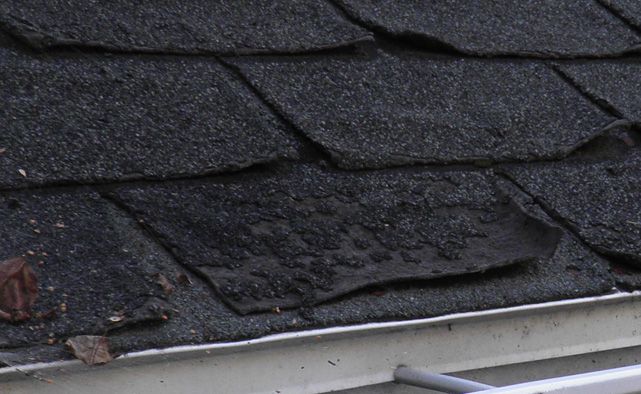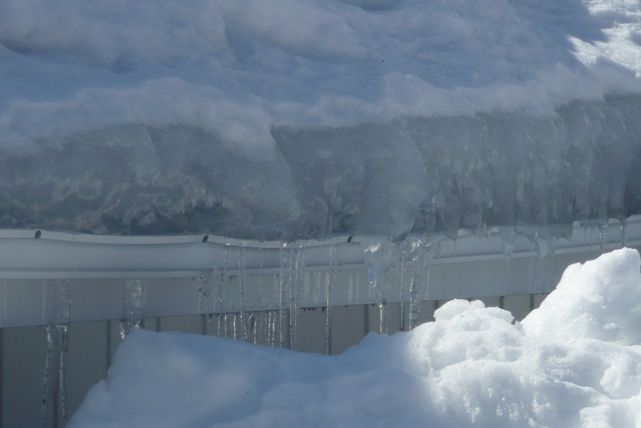 The deal is signed, the keys are exchanged, and you own your home at long last. But home maintenance and repairs pose a problem. You spent a lot of money on the perfect house, and you want to ensure you have protected your investment.
The deal is signed, the keys are exchanged, and you own your home at long last. But home maintenance and repairs pose a problem. You spent a lot of money on the perfect house, and you want to ensure you have protected your investment.
Whether you’re a new homeowner or have owned a home for a long time, it’s always a good idea to learn how to guarantee your roof is in good repair. Leaking roofs can cause major problems with your house structure. If your gutters and eavestroughs aren’t in good condition, water runoff along the side of your house can weaken foundations and cause further problems. Here are a few ways to ensure your house can weather the weather.
A Case of Shingles
Check your roof shingles. Most areas on the roof aren’t visible from the ground. It’s crucial to climb on the roof and look at how shingles are laid out. They are susceptible to high-wind environments because they’re light and they overlap each other. If the shingles are curling, it’s a sure sign that your roof needs fixing. Be sure to ask a roofing contractor to look at it. Poor installation could also cause a problem, especially if you have a relatively new roof.
To avoid potential problems with leaking roofs, get your roof repaired immediately upon noticing some missing shingles or broken roof tiles. Again, wind patterns are often the culprit, though roof trauma can also cause difficulty (example: tree branches hit the roof during a bad storm). Wind loading, geographical location, and surrounding buildings affect the roof’s shape. Some of these factors are related to installation problems. No matter the cause, address the problem as soon as possible.
An Icy Reception
Ice damming can ruin roofing and shingles as badly as or worse than wind. The meltwater from the ice can pool and easily seep through the roof, damaging internal structures, roof insulation, and paint on the interior and exterior walls. You can prevent ice build-up in many ways. Most importantly, ensure the entire roof is cold and no warm spots are detected. You can do this by checking your attic insulation. You can also install a roof heating system to ensure that snow melts immediately and ice does not have time to build up.
If you cannot prevent ice dams in a timely manner, you can always call a professional. Use a roof rake to clear snow and ice from your roof immediately after a storm, and remember to pull snow in the direction of your roof’s slope to avoid damaging shingles. When you find an ice dam, chip away at it to form a water channel. You can also fill a sock with ice melt or salt, and lay it perpendicular to your roof, creating a trough through the ice to allow melted snow to flow. Be sure to remove as much ice from your gutters as possible.
Minding the Gutter
Speaking of gutters, it’s important to make sure that they’re unobstructed. Gutters allow rainwater to run off the roof and away from the walls of your home; leaves, twigs, and other debris can easily clog them. Inspect your gutters early and regularly to prevent build-up and avoid major, costly repairs. Gutter guards and leaf guards can reduce cleaning frequency since they act as a filter to stop debris from impeding rainwater flow. You can choose from a variety of gutter guards depending on your budget and weather conditions.
In summary, check your shingles for damage or curling, inspect your roofing to prevent ice dams, and apply adequate gutter protection. This is how your dream home will remain dreamy for a good long while!
